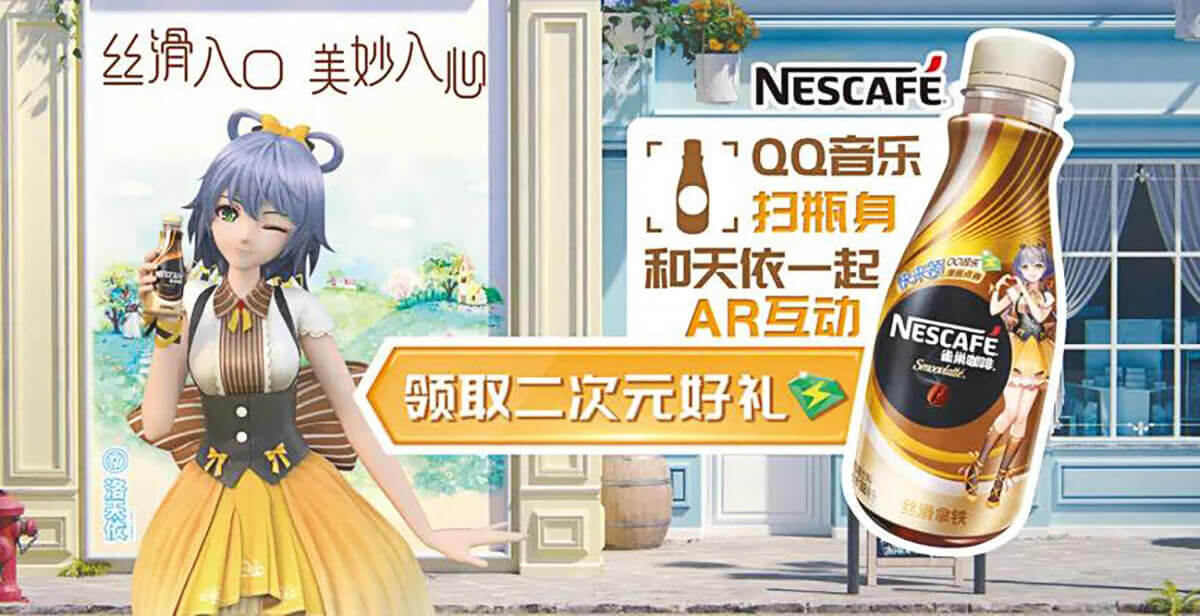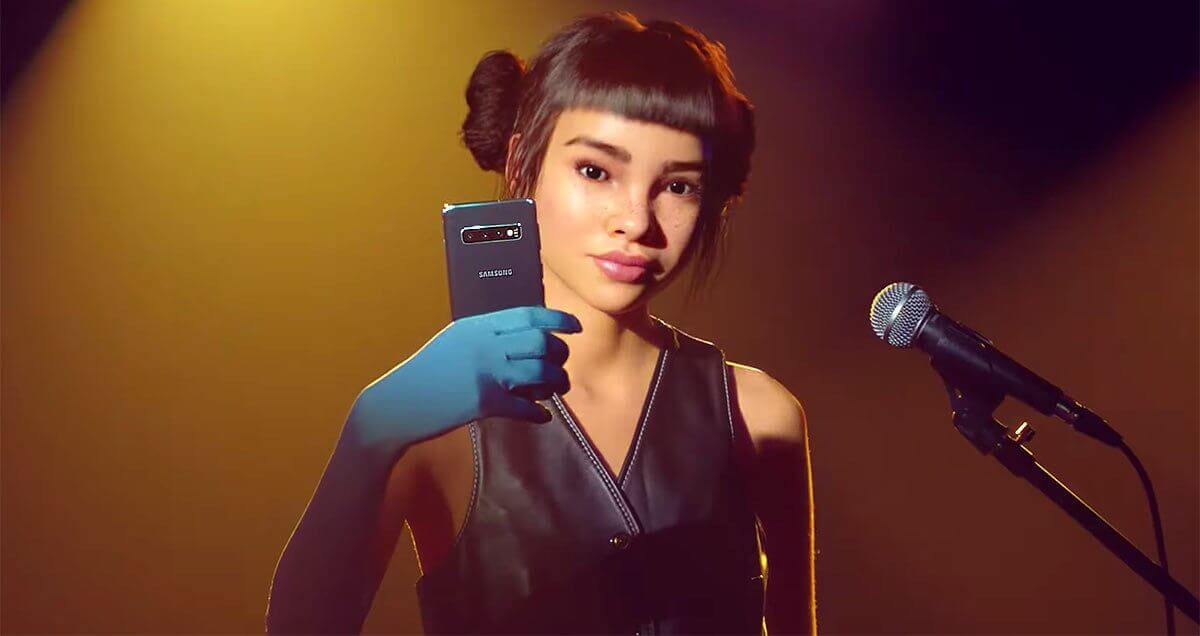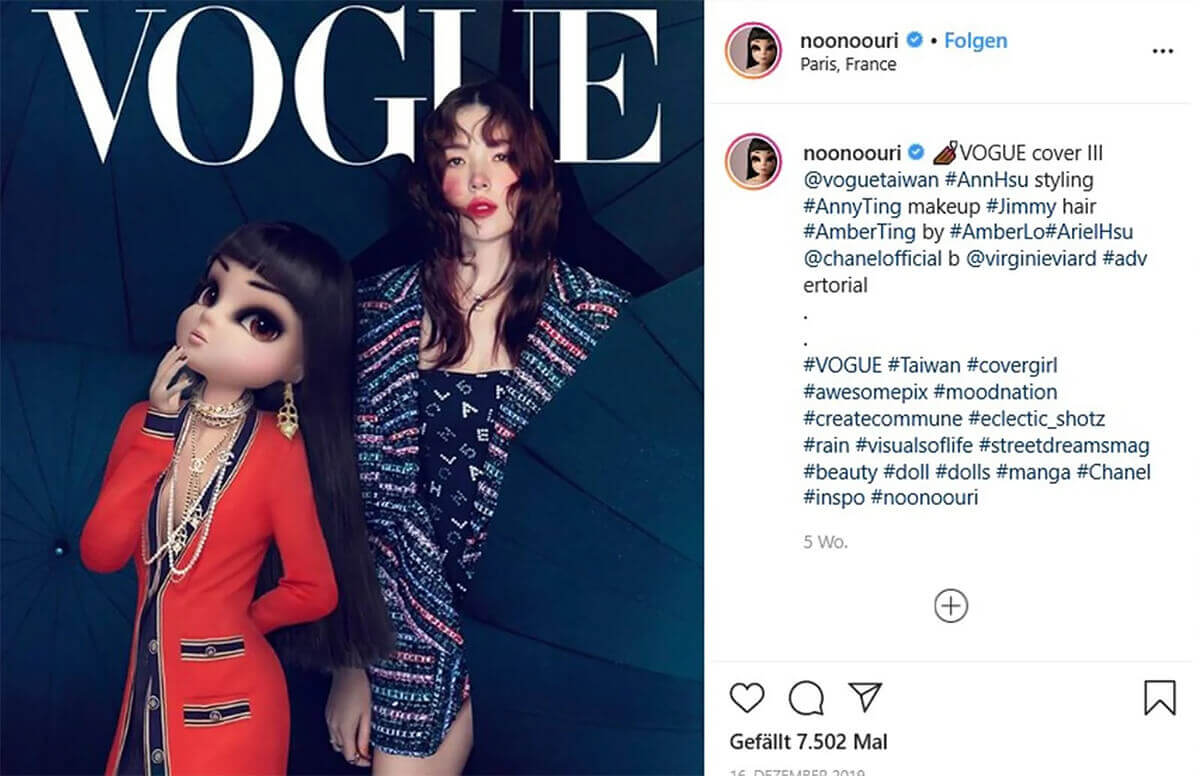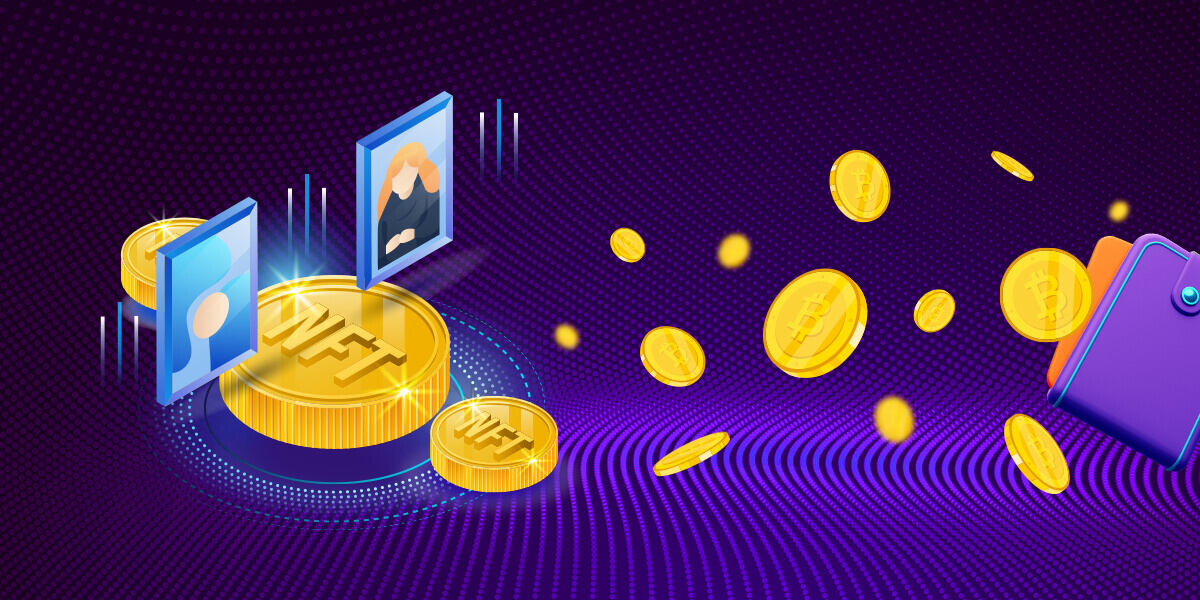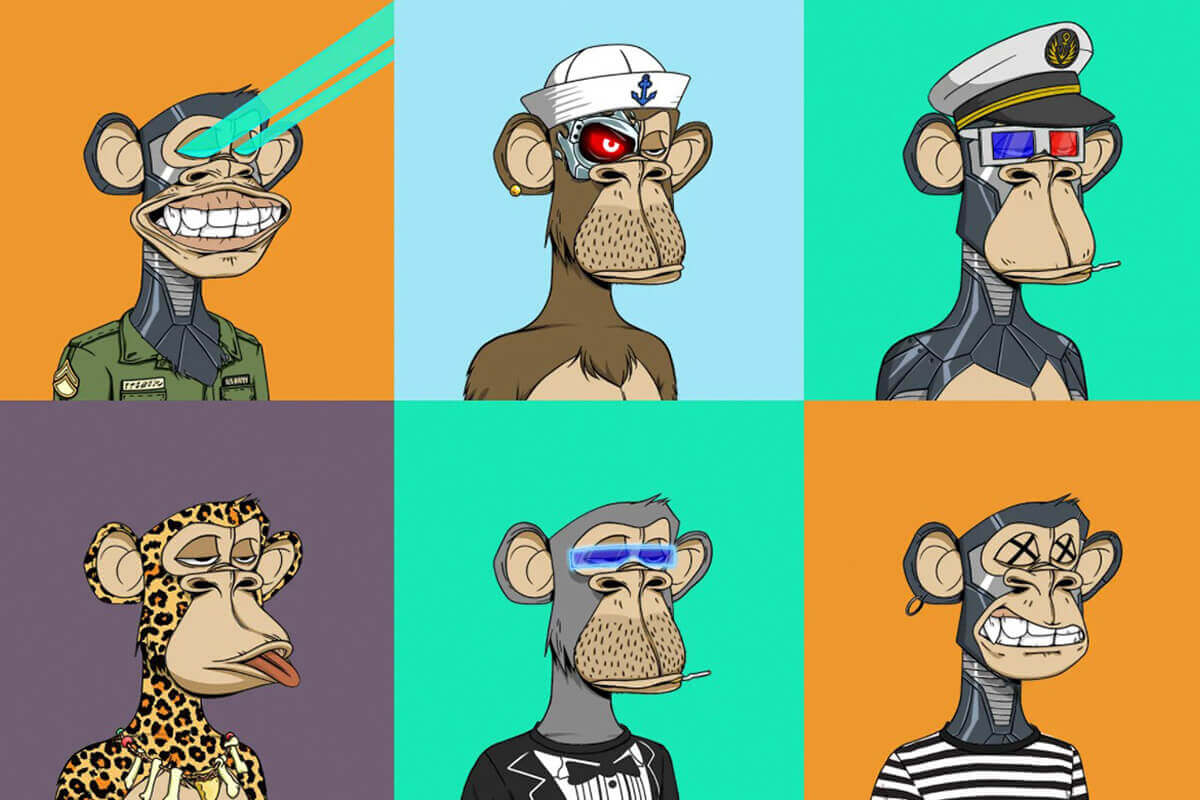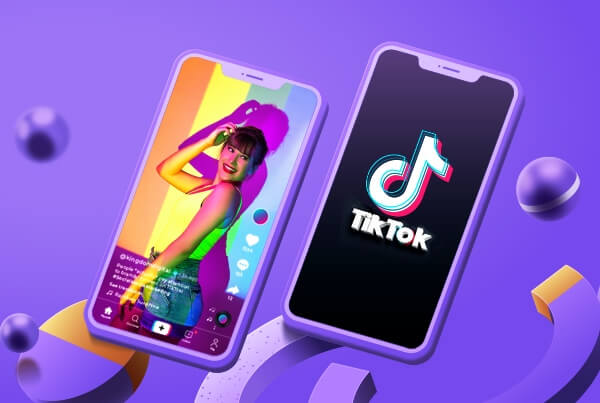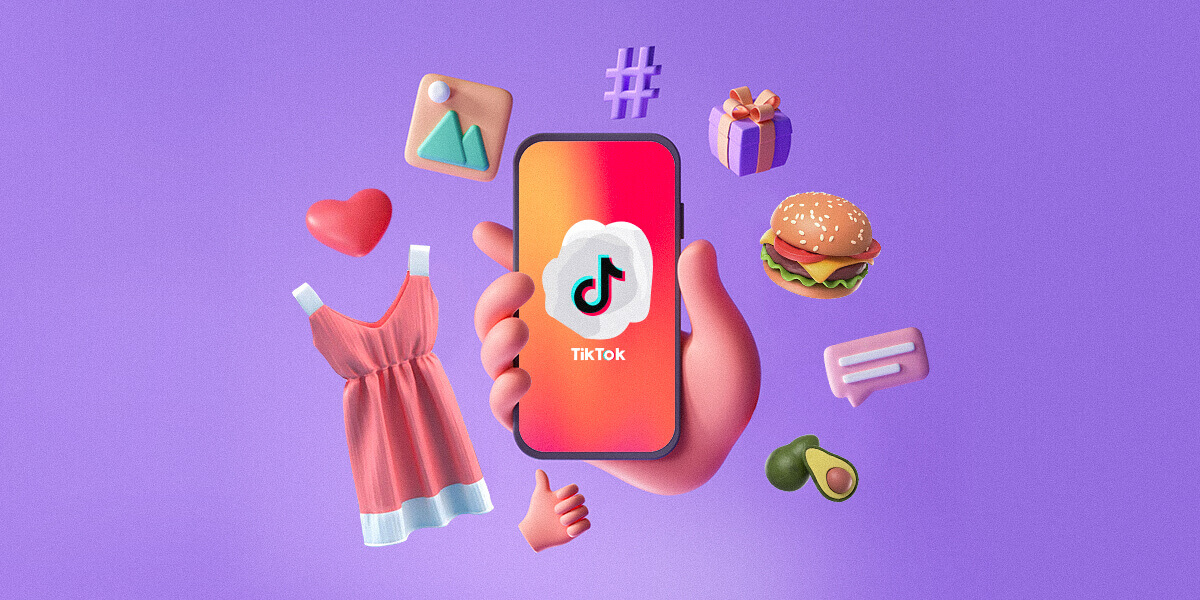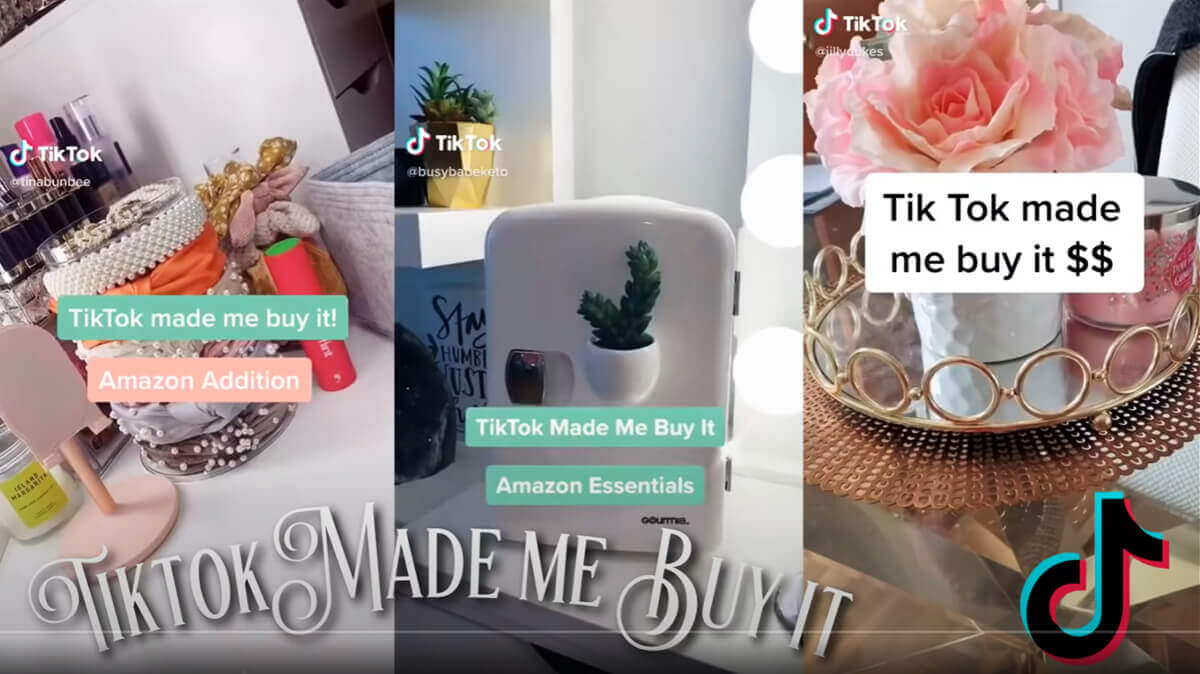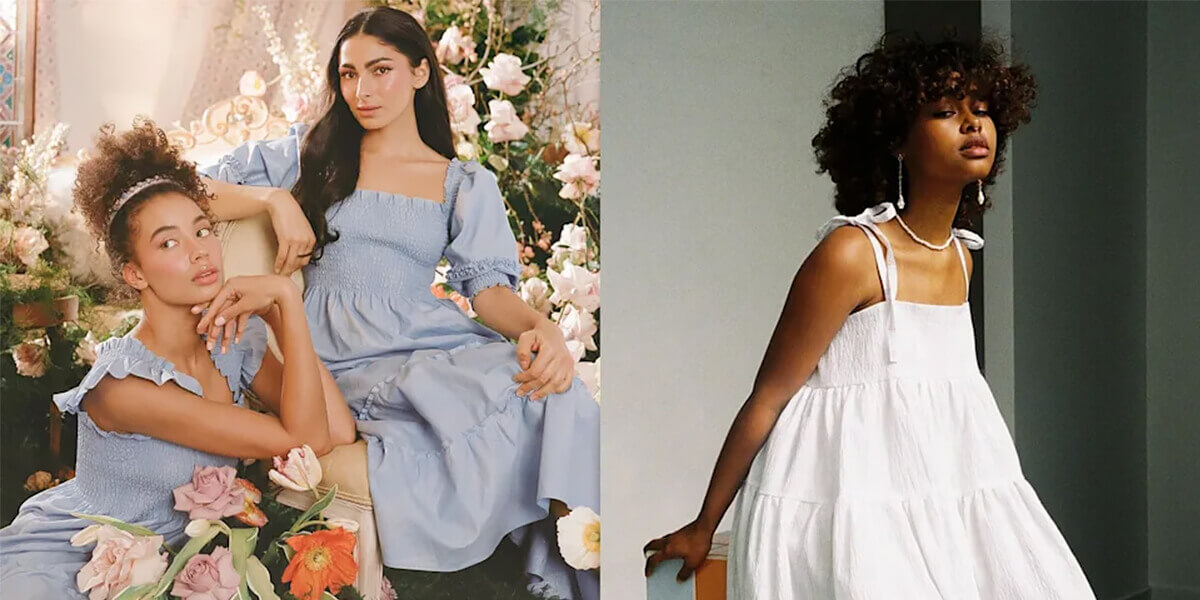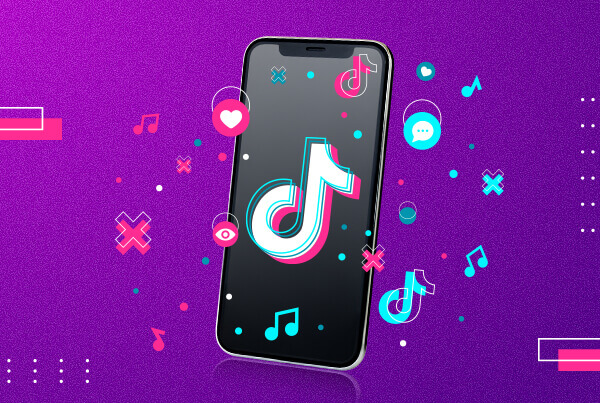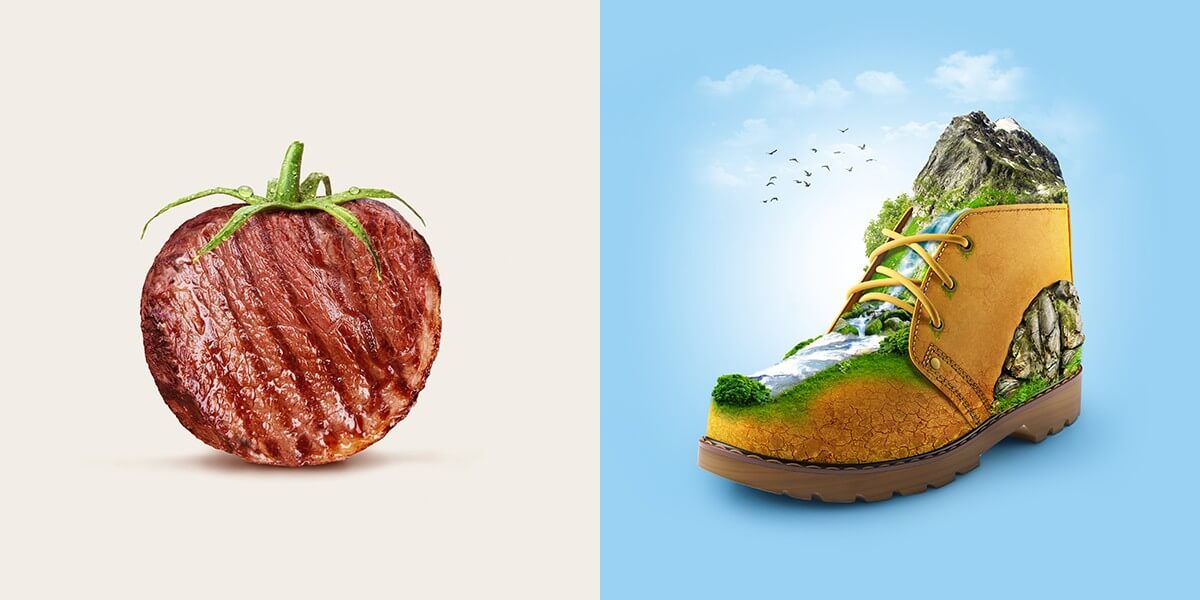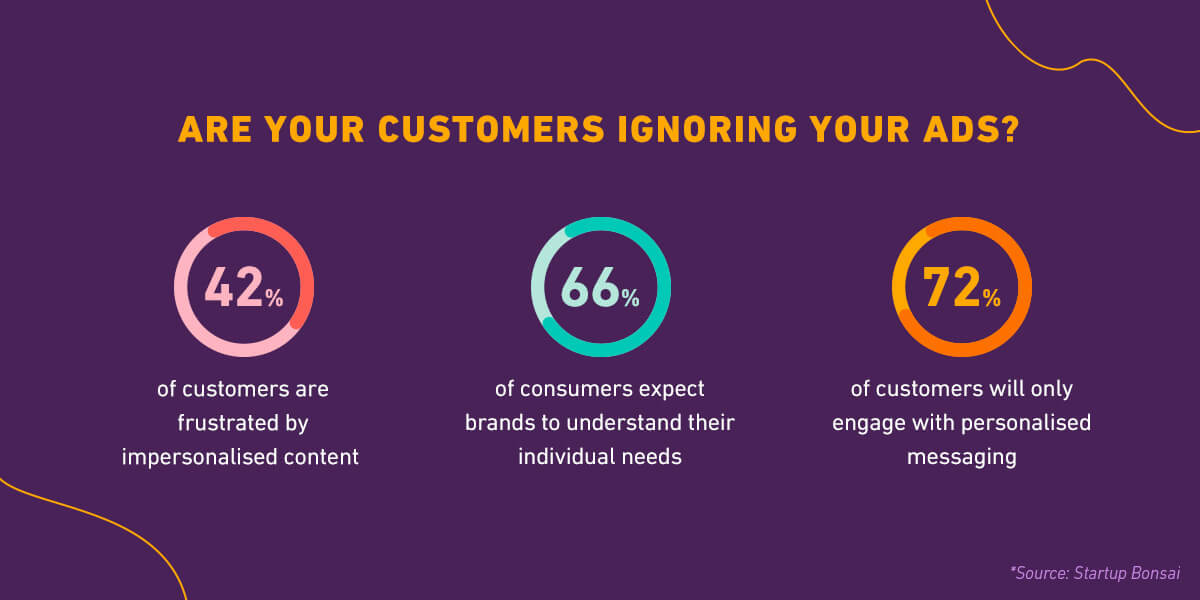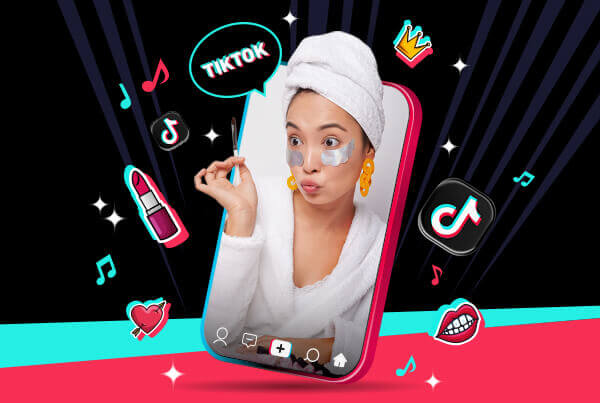
Audiences don’t like ads. In fact, 42.7% of people worldwide use an ad blocker1 just to escape the flood of advertisements. That is, until TikTok.
This video app flipped the idea that ads are unenjoyable. At a glance, stats show:
- 72% of TikTok users consider ads on the platform inspiring2
- 45% of users feel more connected to brands that offer value on TikTok 2
- 49% of users said TikTok helped them make purchase decisions 2
These numbers indicate that brand discovery and ads are symbiotic with the short-video platform. The question is, why?
Well, TikTok is highly user-centric. When users engage with the app, TikTok rewards them by showing them content they want to see.3 Their engagement leads to video entertainment (including ads!) tailored to their preferences. Hence, you get an invested audience that responds favourably to ad content. With the right ads, “the average TikTok campaign ROAS was 2X the median campaign performance benchmark in commissioned studies.”4
So how can brands reach an audience like this? To answer that, we need to deconstruct what makes TikTok ads so engaging.
3 reasons why we watch TikTok ads
They are non-disruptive and engaging
TikTok ads are the antithesis of traditional ads.
Anne Hunter, VP of consumer insights platform Disqo, explains: TikTok’s ad variety, and their integration into the content in a way that’s less interruptive than traditional ads, seem to contribute to their appeal to users.5
She goes on to say, “Display ads don’t have the same emotional resonance as we’re seeing with TikTok formats in an environment where having fun and being playful is part of the raison d’être to be on the platform.”
Take a look at this KFC ad where the brand leans into TikTok’s playful environment. The copy is delivered impactfully with a funny, recognisable character. Though it is clearly an ad, the entertaining concept helped KFC rack up 1.1 million views and 55.9k organic shares.
@kentuckyfriedchicken Get ready. @lilihayes is launching the new KFC Sandwich. (Cuz we paid her to!) #TryTheKFCSandwich #ad ♬ original sound – KFC
Source: TikTok @kentuckyfriedchicken
They are authentic — and the community expects that
TikTok is a place for original content. Audiences expect authenticity and naturally, ad content should accommodate that.
Creator @ola_nowak shares, “Brands should not only care about showcasing their products but should also care about building an engaged audience around their brand.”6
One example of how brands can be seen as authentic is to collaborate with creators. Palmer’s worked with @tonyyounmd, a creator known for his real, no-holds-barred reactions. The brand leveraged his existing persona, leading to an ad that feels organic and invited active engagement.
@doctoryoun Cocoa butter life hack! #palmerspartner #cocoabutter #lifehack ♬ The Big Day – Alex Arias & Alexander Julius Wright
Source: TikTok @tonyyounmd
They are un-produced
56% of users and 67% of creators feel closer to brands on TikTok, especially when they publish human, unpolished videos.2
Un-produced videos are like regular, organic content: entertaining, easy to consume, and most importantly, relatable. Brands don’t take themselves too seriously. They lean into what works on TikTok and put their brand’s unique spin on it. This often means:
- Trying on-trend audio
- Jumping on new transitions and filters
- Using closed captions and text overlay
Of note is leveraging trending audio. The right audio makes the ad relevant. 73% of TikTok users said they would stop scrolling and watch ads with audio7, increasing watch time and overall engagement. This influences if the ad is shown on the home feed, boosts discoverability, and aids brand awareness.
So, what does an un-produced ad look like? Here’s a campaign that perfectly embodies that.
Case Study: SleepTown Singapore
@sleepee.com Mysleep Cool Series Mattress – 这床垫能把冷宫变成5星级饭店l🤩 #mysleep #icecoolingmattress ♬ original sound – Mysleep x Mattress Factory – Sleepee
@sleepee.com 贵妃哪里怕你!#mysleep #icecoolingmattress ♬ original sound – Mysleep x Mattress Factory – Sleepee
@sleepee.com How to sleep well #mysleep #icecoolingmattress ♬ original sound – Mysleep x Mattress Factory – Sleepee
Source: TikTok @sleepee
Results8:
- 360K+ Reach
- 2.6M + Video Views
- 1.7K+ New Followers
Who are they and what did they need?8
- SleepTown is a direct-to-consumer mattress brand targeting the Singaporean market.
- They wanted to raise awareness of their Cooling Mattress products during 11.11 and 12.12 Mega Sales and drive traffic to their merchant sites.
What did they do?8
- To highlight their product’s USP, they took advantage of trending period dramas and created a series of ads set in the ancient Chinese palace featuring classic characters, storylines, and scenes their audiences are familiar with.
- They localised the ad by incorporating Singlish, keeping the overall content informal, relatable, and above all, hilarious.
- They utilised a TikTok native ad format, Spark Ads, to boost organic brand posts as if they were the usual in-feed content.
The brand garnered record highs in sales and thanks to their humorous storytelling, spread through word-of-mouth as viewers tagged and shared the videos amongst their social circles. 8
Conclusion
The most successful TikTok ads embody this piece of advice: “Don’t make ads, make TikToks.”6 They are user-centric and prioritise what audiences want out of their TikTok experience. When users enjoy the ad content on TikTok, they feel connected to the brand. And this then translates into tangible business results
To learn more about what ticks on TikTok, check out these articles:
If you’re ready to get your brand on TikTok, see how we can help you. Get in touch.
References:
-
- 1 Adblocking Usage
- 2 30 TikTok stats marketers need to know in 2022
- 3 TikTok Ads Regularly Bring In 2.5X ROAS — But That’s Not the Only Reason to Try Them
- 4 40+ TikTok Stats Digital Marketers Need To Know
- 5 TikTok’s latest good news: its ads are sticky and effective, and rich people spend a lot of time there
- 6 What we mean when we say ‘Don’t Make Ads’
- 7 How to Advertise on TikTok in 2022: An 8-Step Guide to Using TikTok Ads
- 8 TikTok For Business: SleepTown




